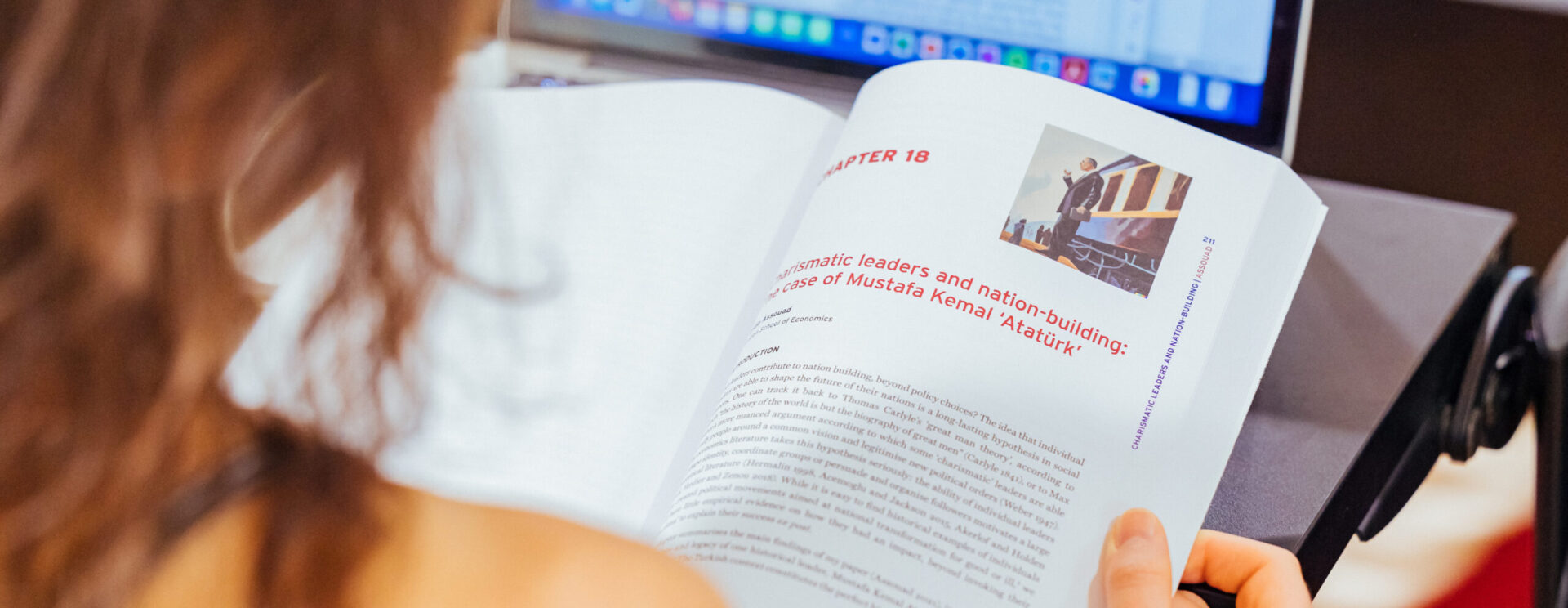Experimental and numerical characterizations of the hydro-mechanical behavior of a heterogeneous material : pellet/powder bentonite mixture
Thesis: The present investigation deals with the hydro-mechanical behavior of a mixture composed of pellets and powder of MX80 bentonite with a proportion of 80/20 in dry mass. This is one of the studied materials by the French Institute for Radiation protection and Nuclear Safety (IRSN) within the SEALEX project, which aims at investigating the long-term performance of swelling clay-based sealing systems in the context of geological high-level radioactive waste disposal. This study has been conducted by following an experimental program covering different scales. Firstly, the microstructure changes while wetting of a single pellet was investigated by combining MIP results with μ-CT observations. Results revealed that swelling of a pellet is due to the development of cracks, with significant development between 38 and 9 MPa of suction, combined to swelling of bentonite grains, which is governed by the hydration mechanisms of smectite at nano-scale. The application of suctions below 9 MPa leads to a significant decrease of the platelet thickness and to an increase in the disorder of the platelet assembly. Water retention tests, swelling pressure tests and suction controlled oedometer tests on the pellet/powder mixture were performed. Similar water retention properties were observed for the mixture under constant-volume condition and pellet under free swelling condition under suctions higher than 4 MPa, suggesting that physico-chemical suction prevails on capillary suction. At lower suctions, constant-volume condition defined a lower water retention capacity because of the disappearance of macro-pores. Lower yield stress values than the common pure bentonite mixtures were found for the pellet/powder mixture for non-zero suctions, showing that the volume change behavior is governed by the rearrangement and crushing of pellets, and the loss of the granular structure in the case of zero suction. Two mock-up tests were performed, aiming at studying two extreme cases at a global dry density of 1.49 Mg/m3: a homogeneous pellet/powder mixture fabricated by following a special protocol, and a strong heterogeneous sample. Results revealed that the radial swelling pressure depends strongly on the local pellet/powder distribution combined with the evolution of the hydration front. An anisotropy swelling was found in both cases, being the axial swelling pressure lower than the radial one. Moreover, different values of axial pressure were found between the two tests, even though they have the same global dry density of samples. In parallel, μ-CT observations were carried out on the mixture while wetting, revealing a homogeneous sealed sample after 100 days of hydration. No density gradients were identified at the investigated resolution (50 μm/voxel) after this long time of hydration. A new damage model, which takes into account the development of fissures within a pellet while wetting, was proposed an included to the well-IVknown double porosity Barcelona Expansive Model (BExM) to carry out numerical simulations of one mock-up test. The initial heterogeneous porosity distribution was also considered to reproduce the anisotropy swelling. The experimental results obtained in this study will greatly help well understand the response of seals made up of pellets/powder bentonite mixture in the SEALEX in situ experiment. Moreover, the constitutive model developed taking into account the pellet cracking damage and the initial sample heterogeneity allows significantly improving the prediction of hydomechanical behavior of seals/plugs made up of this mixture, constituting thus an useful tool for the safety assessment of the nuclear waste disposal system
Keywords
- Pellet/powder bentonite mixture
- Microstructural observations
- Oedometer tests
- Mock-Up tests
- Numerical modelling
Issuing body(s)
- Université Paris-Est
Date of defense
- 29/06/2018
Thesis director(s)
- Yu Jun Cui
URL of the HAL notice
Version
- 1
